Similar presentations:
Amyloidosis. Definitions
1.
AMYLOIDOSIS2.
Definitions• Amyloidosis is a clinical disorder caused by
extracellular deposition of insoluble abnormal fibrils
that injure tissue. The fibrils are formed by the
aggregation of misfolded, normally soluble proteins
3.
Common features of all definitions• presence of systemic protein
metabolism disorder (acquired or
hereditary)
• extracellular deposition of abnormal
protein fibrils
• impairment of affected organs due to
amyloid deposition
4.
What is amyloid? (physicalproperties)
• straight, rigid, non-branching,
of
indeterminate length and 10 to 15nm in
diameter; regular fibrillar structure
• consisting of β-pleated sheets
• aggregates are insoluble in physiological
solutions
• relatively resistant to proteolysis
5.
What are β-pleated sheets• single amyloid fibril consists
• of stacks of anti-parallel β-pleated sheets
• arranged with their long axes perpendicular to
the long axis of the fibril,
• resembling structure of silk, which, like
amyloid, is proteinase resistant (can be
revealed by x-ray diffraction)
6.
Tertiary structure of amyloidproteins leading to insolubility
7.
Amyloid fibers8.
In tissues9.
Chemical properties (main components)• Proteins and their derivates
• Glucosaminoglycans
• amyloid P component
• Other proteins in amyloid deposits: α1antichymotrypsin, some complement
components, apolipoprotein E, various
extracellular matrix or basement membrane
proteins. Significance of these findings is unclear
10.
Main protein precursors (total 22)• serum amyloid A protein (SAA)
• AL proteins (monoclonal light and heavy chains Ig - whole or
part of the variable (VL, VH) domains)
• Transthyretin (TTR) with normal aminoacids sequence or
genetically abnormal TTR
• β2-microglobulin
• β-amyloid protein precursor; abnormal atrial natriuretic factor;
IAPP insular amyloid polypeptide (amylin)
• Cystatin C; Gelsolin; Lysozyme; Apolipoproteins AI and AII;
Prion protein; ADan and ABri precursor proteins; Lactoferrin;
Keratoepithelin; Calcitonin; Prolactin; Keratin; Medin etc
11.
Glycosaminoglycans• significance in amyloid is unclear
• participate in organization of some normal
structural proteins into fibrils; may have
fibrillogenic effects on certain amyloid fibril
precursor proteins.
• may be ligands to which serum amyloid P
component binds.
12.
amyloid P component and serumamyloid P component
• amyloid deposits in all different
forms of the disease contain the
non-fibrillar glycoprotein amyloid
P component (AP)
• ins role remains unclear
13.
Morphology and staining: commonfeatures
for all types
• Amorphous
eosinophilic
appearance
on light microscopy after hematoxylin
and eosin staining
• Bright green fluorescence observed
under polarized light after Congo red
staining
14.
Typical staining for amyloid(right – heart Congo red, left – kidney
Hematoxilin/eosin)
15.
Classifications: before 1993• AA (inflammatory)
• AL (light chains related)
• AF (familial)
• AS (senile)
• AD (dermal)
• AH (haemodyalysis-related)
16.
WHO (1993): biochemical structure-based classification.Systemic variants
• AA (ApoSAA): chronic inflammatory diseases;
periodical fever; Muckle-Wales
AL (Systemically produced monoclonal light
chains Ig: Aλ(λVI); Aχ(χIII): primary (idiopathic) or
associated with gammapathies
ATTR
normal TTR: senile systemic amyloidosis with gradual
heart involvement
Met30: Family amyloid polyneuropathy
Met111: Family amyloid cardiopathy
Aβ2M (β2-microglobulin): haemodialysis-associated
systemic amyloidosis
17.
WHO(1993): local variants
• AL (Locally
produced monoclonal Ig): local urogenital; skin,
eyes, respiratory
• Aβ (β-amyloid protein precursor): cerebral; cerebrovascular;
Alzgeimer-associated
• AANF (abnormal atrial natriuretic factor): local atrial
• AIAPP (IAPP insular amyloid polypeptide): Langerhans
insuli amyloidosis in II type of diabetes mellitus
18.
• From 1993 to nowadays newprecursors and new variants were
found (2006 – 22 precursors).
• So, new approaches to
biochemistry-based classification
became necessary.
19.
Systemic• Ig light chains (plasma cell disorders)
• Transthyretin (Familial amyloidosis, senile
cardiac amyloidosis)
• A amyloidosis (Inflammation, Mediterranean
fever
• Beta2 –microglobulin (Dialysis-associated)
• Ig heavy chains(Systemic amyloidosis)
20.
Hereditary(Familialalpha
systemic
amyloidosis)
• Fibrinogen
chain
• Apolipoprotein AI
• Apolipoprotein AII
• Lysozyme
21.
CNS amyloidosis• Beta protein precursor (Alzheimer syndrome, Down syndrome,
hereditary cerebral hemorrhage with amyloidosis - Dutch type)
• Prion protein (Creutzfeldt-Jakob disease, Gerstmann-StrusslerScheinker disease, fatal familial insomnia)
• Cystatin C (hereditary cerebral hemorrhage with amyloidosis - Icelandic
type)
• ABri precursor protein (Familial dementia British type)
• ADan precursor protein (Familial dementia Danish type)
22.
Ocular• Gelsolin (Familial amyloidosis; Finnish
type)
• Lactoferrin (Familial corneal amyloidosis)
• Keratoepithelin (Familial corneal
dystrophies)
23.
• Calcitonin (Medullarythyroid carcinoma)
Localized
• IAAP= Amylin (Insulinoma, type 2 diabetes)
• Atrial natriuretic factor (Isolated atrial
amyloidosis)
• Prolactin (Pituitary amyloid)
• Keratin (Cutaneous amyloidosis)
• Medin (Aortic amyloidosis in elderly)
24.
Clinical syndromes related toamyloidosis
• General symptoms
and intoxication:
weakness, fatigue, sometimes fever and weight
loss (not common)
• Skin: itching; urticar rash, papules, nodules,
and plaques usually on the face and upper
trunk; involvement of dermal blood vessels
results in purpura occurring either
spontaneously or after minimal trauma
25.
Skin affection26.
Skin: papules on fingers27.
28.
Skin: hemorrhages and papules29.
Skin microscopy30.
Periphreral nervous system:• axonal peripheral neuropathy with subsequent
demyelination:
- paresthesiae, numbness, muscular weakness; begin from
lower extremities and ascending over time
- feeling constraint in the whole body
- painful sensory polyneuropathy (usually symmetrical,
usually affecting lower extremities) with early loss of pain
and temperature sensation followed later by motor deficits
• carpal tunnel syndrome
• autonomic neuropathy: orthostatic hypotension,
impotence, poor bladder emptying and gastrointestinal
disturbances may occur alone or together with the
peripheral neuropathy
31.
Central nervous system• cerebral blood vessels affection
• recurrent cerebral hemorrhages
• intracerebral plaques
• progressive dementia
32.
Gastrointestinal disorders:• Tongue: increased, dense, red or purple; so that it can’t go
in mouth; tooth imprints, ulcers and fissures; speech is
difficult – disarthria; difficulties in swallowing (dysphagia);
excessive salivation
• Stomach: early satiety, chronic nausea, vomiting
• Gut: diarrhea and/or constipation; malabsorption,
obstruction or pseudo-obstruction (both due to mucosal
deposition); perforation; haemorrhage, infarction (the last one is
due to vascular deposits and is mostly localized in
descending and sigmoid colon)
• Motility disturbances (often secondary to autonomic
neuropathy) may affect stomach and gut
33.
34.
35.
36.
Heart affection37.
38.
Heart: myocardium• increase of relative cardiac dullness, soft heart
sounds, systolic murmur at the apex and
diastolic at aorta (relative valves insufficiency in
dilated heart);
• congestive heart failure (with up to 50% of fatal
cases); hypotonia
• restrictive cardiomyopathy with signs and
symptoms of right ventricular failure
• cardialgias
39.
ECG: heart muscle affection• ECG – decrease of voltage, plain
or inverted T, scars,
pseudoinfarction QS complexes in
precordial leads.
40.
Heart: coronary arteries• secondary coronary syndrome and
myocardial infarction.
• more marked affection of
intramyocardial arteries;
angiographic changes may not be
revealed
41.
Rhythm and conductivity disorders• conductivity disorders in sinus node, AV
node and left bundle branch with
dizziness, syncopes, bradycardia, SA block
and lower automaticity centers activation
• predisposition to cardiac arrest (especially
ATTR)
• sensitivity to digoxin also may cause fatal
arrhythmias
42.
Pericardium and endocardiumaffection
• Pericardium deposits
– constrictive
pericarditis
• Valves affection (amyloid deposits in
valves): mild stenosis due to valve rings
infiltration
• Endomyocardial thrombi with embolisms
43.
Echo• The most common: thickening
of the intraventricular septum
(usually 15 mm and more;
normal values being <12 mm)
• granular "sparkling"
44.
Thickening of the septum45.
Pericardial changes46.
47.
48.
ATTR49.
50.
51.
52.
WHO staging system for cardiac
1 – no symptomatic or occultamyloid
cardiac amyloid by biopsy or non-invasive
testing
• 2 – asymptomatic cardiac involvement by biopsy or non-invasive testing
eg wall thickness > 1.1 cm in the absence of prior hypertension or
valvular disease, unexplained low voltage of ECG
• 3 – compensated symptomatic cardiac involvement
• 4 – uncompensated cardiomyopathy
53.
Vessels• capillaries in the subcutaneous fat
• dermal capillars
• coronary and brain arteries (coronary syndrome,
recurrent strokes)
• aorta
• rare – pulmonary artery
54.
andspleenof alkaline
• Hepatomegaly;Liver
usually
elevation
phosphatase is revealed with near normal levels
of transaminases and bilirubin
• Jaundice due to cholestasis
• Splenomegaly
• Rarely - portal hypertension; liver failure
55.
Kidneys56.
57.
Kidneys: symptoms• Proteinuria (usually – with nephrotic syndrome)
• Chronic renal failure
• Acute renal failure due to tubules affection
58.
Kidneys: staging systemStage
Phase
Course
Initial
Proteinuric
Slowly
progressing
Clinical
-Nephrotic
Rapidly
manifestations -Oedematicprogressing
proteinuric
-Hypertensive (rare)
Terminal
Chronic renal failure Relapsing
59.
Joints affection• usually occurs in association with myeloma
• mimic acute polyarticular rheumatoid arthritis
affecting large joints
• asymmetrical arthritis affecting the hip or shoulder.
• infiltration of the glenohumeral articulation
occasionally with characteristic shoulder pad sign.
60.
Blood• Acquired bleeding diathesis:
- deficiency of factor X and sometimes factor IX,
or increased fibrinolysis: (AL)
- in all variants may be serious bleeding in the
absence of any identifiable factor deficiency.
• lymphadenopathy
• bone marrow affection
• splenomegaly
61.
Respiratory systemvocal cord infiltration
• associated with focal clonal immunocyte dyscrasia
• nodular or diffuse infiltrative form
• manifested by a hoarse voice
62.
tracheobronchial
associated with focal clonal immunocyte dyscrasia
nodular or diffuse infiltrative
manifested by dyspnea, cough
Occasionally - haemopthysis; distal athelectasis with recurrent
pneumonias
63.
• associated withparenchymalfocal clonal immunocyte
nodular dyscrasia
• solitary (amyloidoma) or multiple nodules in lung
parenchyma; usually peripheral or subpleural, more
frequently in lower lobes; may be bilateral; diameter
ranges from 0.4 to 15sm;
• grow slowly
• frequently cavitate or calcify
• larger nodules can occasionally produce space
occupying effects
64.
diffuse alveolar septal• usually is a manifestation of systemic AL
amyloidosis associated with low grade monoclonal
gammopathy, myeloma; ATTR, AA-variants etc
• restrictive respiratory symptoms
• restrictive functional tests changes and impared gas
exchange
• radiological changes may be absent
65.
intrathoracic lymphadenopathy• usually manifestation of systemic AL amyloidosis
(hilar or meduastinal amyloidosis)
is uni- or bilateral
may be asymptomatic
may calcify
may cause tracheal compression or vena caval
obstruction.
66.
67.
68.
69.
70.
Eye
visible or palpable periocular mass or tissue infiltration
ptosis
periocular discomfort or pain
proptosis or globe displacement
limitations in ocular motility
recurrent periocular subcutaneous hemorrhages
diplopia
71.
Endocrine and exocrine glands• adrenal gland infiltration (hypoadrenalism)
• thyroid infiltration (hypothyroidism)
• IAAP – progressive loss of insular
production
• corpora amylacea of the prostate (β2microglobulin)
• seminal vesicles
• salivary glands
72.
Inflammatory amyloidosis• Amyloid A (AA)
• most common form of systemic amyloidosis worldwide.
• characterized by extracellular tissue deposition of fibrils that are
composed of fragments of serum amyloid A (SAA) protein
73.
• SAA is an apolipoprotein of high density lipoproteinparticles
• SAA is a major exquisitely sensitive acute phase protein, more
sensitive than CRP
• Produced: mostly - by hepatocytes
• transcriptional regulation by cytokines, especially interleukin
1(IL-1), interleukin 6 (IL-6), and TNF
• regulators act via nuclear factor χB-like and possibly other
transcription factors.
74.
The circulating concentration:
Normal - 3mg/l
Rise to over 1000mg/l within 24 to 48h
in ongoing chronic inflammation remains persistently high
AA protein is derived from circulating SAA by proteolytic
cleavage by macrophages and by a variety of proteinases
75.
Pathogenesis• Inflammation
• Macrophages activation: IL-1, 6
• IL-1,6:
- hepatic transcription of the messenger RNA for SAA
- High SAA level in serum
- macrophages: SAA proteolytic cleavage
• AA-peptide in blood
• amyloid synthesis accelerating factor:
- macrophages’ surface: amyloid fibrils synthesis
(membrane-binding enzymes)
• Amyloid synthesis
76.
Causes• chronic inflammatory disorders
• chronic local or systemic microbial
infections
• malignant neoplasms and blood
system diseases
• subcutaneous drug abuse
77.
Chronic inflammatory disorders• Very often:
• rheumatoid arthritis and juvenile rheumatoid arthritis – in
10% of arthrites cases
Becchet disease
ankylosing spondylitis
Psoriatic arthritis
Crohn's disease
Exceptionally rare:
- systemic lupus erythematosus
- ulcerative colitis
78.
Chronic local or systemic microbialinfections
• tuberculosis and leprosy
• chronic osteomyelitis
• bronchiectasis
• chronic abscesses
• chronically infected burns
• decubitus ulcers as well
• other chronic microbial infections
• chronic pyelonephritis of paraplegic patients
79.
malignant neoplasms and blood• The most frequent:
system diseases
• diseases, causing fever, other systemic symptoms, and a
major acute phase response (SAA protein) or increased
IL-6 production
• - Hodgkin's disease
• - renal carcinoma
• Occasionally: atrial myxomas, renal cell carcinomas,
Hodgkin disease, hairy cells leukemia, carcinomas of the
lung and stomach
80.
Subcutaneous drug abuse• AA amyloidosis was frequently observed
among subcutaneous drug abusers in some
cities in the United States.
• Was this related to drug or to some
contaminating substance causing chronic
inflammation is not clear.
81.
Relating toClinical
the main disease
symptoms
Liver and spleen affection (hepatosplenomegalia)
General: weakness, weight loss
Kidneys affection (up to renal failure)
GI symptoms: dyspepsia (nausea, episodes of
vomiting, loss of appetite); diarrhea
Thyroid enlargement
Heart: Echo-signs in 10% ; doesn’t cause severe
impairment.
82.
Course:• Initially, disease is manifesting only by transient
proteinuria, increasing in cases of main disease
exacerbations.
• Course is progressive and is terminated by chronic
renal failure development
• Course is determined by the efficacy of the main
disease treatment
83.
and complications:• MainOutcomes
- chronic renal failure (end-stage - 5-10 years from 1st
symptoms); the first proteinuric period is the longest – 2-4 years;
marked clinical manifestations period lasts about 1 year, then
chronic renal failure develops).
• Renal vessels thrombosis: makes prognosis more unfavorable
• Fibrinous-purulent peritonitis, accompanying by pain and ascitis rare
84.
• Depends on the courseof the main disease
Prognosis
• Survival: 50% of patients die within 5 years of the
amyloid being diagnosed.
• Availability of chronic hemodialysis and
transplantation prevents early death from uraemia
• Renal vessels thrombosis makes prognosis more
unfavorable
85.
Familiar Mediterranean fever (recurrentpolyserositis)
and AA-amyloidosis
• Epidemiology:
• Incidence: in families with healthy parents: 18%; with one affected
parent – 36%
• Nationality: most often in non-Ashkenazi Jews, Armenians, Anatolian
Turks, and Levantine Arabs; prevalence doesn’t depend on place of
settlement of these nationalities representatives.
• Inheritance: autosomal recessive
• Sex: M:F 1.7:1
86.
• serosa: non-specific inflammationwith hyperaemia and a cellular
Morphology
infiltrate
• synovia: pannus formation
• vascular changes - thickening of the basement membrane; its
reduplication (repeated episodes of cell death and regeneration).
87.
• genetic naturePathogenesis
• immunological disturbances
(higher incidence of autoimmune
diseases and allergy in patients with Mediterrhanian fever; high serum Ig
and circulating immune complexes levels)
• involvement of vascular system
• C5a-inhibitor deficiency in joint and peritoneal fluids may have a role in
the pathogenesis of the attacks (result in severe inflammatory attacks
following the accidental release of C5a).
88.
Clinical manifestations and
1. Onset: in childhood (1stsyndromes
decade of life – 50%; before 20 -80%; over
40 – 1% only)
89.
2. Fever:• may be even asymptomatic (afebrile mild
attacks)
• abdominal pain attacks with fever up to 3840C with tachycardia, and (in 25%) – chills;
temperature returns to normal after 12hours 3days.
• in arthritis high fever peak lasts for 1-3 days
90.
3. Joints affection:• from arthralgia to arthritis (24-84%, mean 55%)
• symptoms increase during the first 24-48h;
may last about a week.
• accompanied by fever with high peaks lasting
1-3 days
• in 5% symptoms persist several weeks or even
months
• usually no residual damage
91.
• asymmetric, non-destructive mono- or oligoarthritis affectingthe large joints; knees and ankles (small – rare)
1-2 large joints affected at a time;
in frequent attacks - impression of migratory arthritis is present
chronic destructive mono- or oligoarthritis: mostly hip or knee – 2%
sacroiliitis, mosttly asymptomatic - rare
92.
4. Chest (pleurisy) pain• more than 50%
• pleural friction rub - rare
• small effusion in costophrenic angle.
93.
5. Abdominal pain - almost in all patients• attacks originate in one area, spread over whole abdomen
within few hours; patients flex their thighs and lie
motionless to relieve the pain;
• Intensity: from mild discomfort to that in severe
peritonitis
• Peritoneal symptoms – rare
• constipation and vomiting - frequent
• attack reaches peak in 12h; acute pain resolves
spontaneously in 24 to 48h; then subsides gradually.
94.
6. Skin rash – 10-20%• localization - extensor surfaces of legs; below knees, over ankle joints or
dorsum of foot.
typical: bright-red, hot, swollen, painful
usually unilateral
border may or may not be sharply defined
symptoms intensify rapidly and disappear in 2-3 days without therapy.
other rashes – urticaria, purpura etc also possible
95.
7. Other organs affectionattacks of pericarditis (occasionally)
severe headache during attacks
transient ECG changes (myo-, pericarditis like)
severe myalgia; muscle atrophy at affected joints
numerous attacks in children: growth retardation.
colloid bodies in eye grounds
palpable spleen - more than 33%
96.
8. Kidneys: AA-amyloidosis• at the late stages
• the first sign is massive albuminuria;
• within several years - nephrotic syndrome
• progresses to chronic renal failure
97.
Amyloid deposits in other organs• intestine
• adrenals
• heart
• ovaries
• pancreas
• muscles
• deposits are mostly perivascular.
98.
Clinical variants• with abdominal; thoracic, joint
and fever syndromes
dominating
• may vary in different life
periods of the individual
99.
Course• first symptoms: sudden onset of asymptomatic fever, arthralgia, chest
and abdominal pain.
• last for days or weeks and relieve by themselves with no objective
symptoms revealed.
• attacks recur at irregular periods of several days to several months;
spontaneous remissions may last years.
• further progression: recurrent episodes with increasing frequency;
shortening of asymptomatic periods.
100.
Factors influencing exacerbations• physical exertion
• stress
• walking and standing
• pregnancy.
101.
Outcomes• end-stage chronic renal failure and
death.
• adequate treatment can delay (but not
stop) the disease development
• rapid progression is observed after the
first signs of asotemia appearance
102.
Immunoglobulin-related amyloidosismonoclonal plasma cell disorder,
(AL)associated with gammapathies
• mostly related to light chains (AL-amyloidosis)
• In few reported patients - heavy (H) chains amyloid H-chain type
(AH).
• Light chains consist of whole or part of the variable (VL)
domain, more commonly derived from λ chains than from χ
chains
103.
• Multiplemyeloma
Conditions
causing AL-amyloidosis
• Waldenstrom disease
• Monoclonal gammapathy of undetermined significance (MGUS)
104.
• In L chains certain amino acid and glycosylation characteristicspredispose to amyloidPathogenesis
formation (why - remains unknown).
• probably these changes promote aggregation and
insolubilization
• amyloidogenicity of particular monoclonal light chains was
confirmed in an in vivo model (injection of isolated Bence
Jones proteins into mice, who developed typical amyloid
deposits)
• In some patients with monoclonal gammapathy monoclonal proteins
accumulate in various organs, but the deposits do not form fibrils.
Patients with this form are described as having nonamyloid
monoclonal immunoglobulin deposition disease
(MIDD).
105.
• Incidence: annually, 1-5Epidemiologycases per 100,000 people occur (may be higher
basing on myeloma incidence – underdiagnosis?)
• Race: probably not related (no comparative investigations)
• Sex: M:F 2:1
• Age: It is revealed usually in aged (in UK – 66% were between 50 and 70
years old at diagnosis; 4% - less than 40 years. Median age – 64 years old
(Mayo clinic)
106.
Symptoms• Major systemic amyloidosis with affection of
most organs described (except CNS)
• Most common initial symptoms: peripheral
edema, hepatomegaly, purpura, orthostatic
hypotension, peripheral neuropathy (10-20%),
carpal tunnel syndrome (20%), and macroglossia
(10%)
• Hepatosplenomegaly is revealed in 25%
• Heart is affected in about 90%
• Kidneys in 33-40%
107.
Localizedamyloid
L-chain
type
most commonly in respiratory tract
• often remains localized
• may involve ureter or urinary bladder (hematuria)
• Amyloidomas may be also in soft tissues, including the mediastinum and
the retroperitoneum
• Skin involvement can manifest as plaques and nodules
• Isolated heart affection (not common in AL)
108.
Complications• congestive heart failure, arrhythmias, or both
(cause of death more than 50%)
• renal failure
• bleedings
109.
Course and prognosisIn the absence of chemotherapy always progressive
course
Rapid development of heart or renal failure
Survival: 18 months-10 years; mean – 18-20 months;
1-year survival rate is 51%, 5 – 16%; 10 – 4.7%
Heart affection is the most unfavorable sign (mean
survival after symptoms appearance – 6 months).
Treatment of heart and renal failure is usually
ineffective.
110.
ATTR –amyloidosis• TTR is a serum protein that transports thyroxine and retinol-binding
protein.
• TTR monomer contains 8 antiparallel beta pleated sheet domains.
• TTR is synthesized primarily in the liver, as well as in the choroid plexus
and retina.
111.
Normal-sequence TTR• senile cardiac amyloidosis (SCA).
• microscopic deposits are also found in many other
organs - senile systemic amyloidosis (SSA)
112.
Clinical manifestations; SSA• in 25% of old patients clinically silent
microscopic, systemic deposits of transthyretin
(TTR) amyloid involving the heart and blood vessel
walls, smooth and striated muscle, fat tissue, renal
papillae, and alveolar walls are revealed.
• spleen and renal glomeruli are rarely affected
• brain is not involved.
• occasionally more extensive deposits in the heart,
affecting ventricles and atria and situated in the
interstitium and vessel walls, cause significant
impairment of cardiac function and may be fatal.
113.
Clinical manifestations; SCA• may be silent or accompanied by
significant impairment of
cardiac function
114.
• accelerate the processTTR amyloid formation
TTR of
mutations
• mutations destabilize TTR monomers or tetramers
and allow molecule to more easily attain
amyloidogenic intermediate conformation
• more than 85 amyloidogenic TTR variants cause
systemic familial amyloidosis.
• Mostly autosomal dominant inheritance
115.
Variants of TTR systemic familial• FAP (family amyloidamyloidosis
polyneuropathy) –Val30Met (Valin
to Metionin in 30 position)
Cardiac amyloidosis (Leu111Met, Dutch)
Cardiac amyloidosis V122I (late-onset (after age 60) cardiac
amyloidosis, most common)
late-onset systemic amyloidosis T60A with cardiac, and
sometimes neuropathic, involvement (northwest Ireland)
amyloidosis of carpal ligament and nerves of the upper
extremities L58H (Germany, MidAtlantic region)
In total, 100 variants of TTR, about 98 are amyloidogenic
116.
Epidemiology• Incidence:
- cardiac ATTR with normal sequence – 15% of all the
autopsies after 80 years old
- for mutant TTR - depends on the type (V122I in USA - 2%3.9%)
• Race and region: types of mutations are region-related
• Sex: all TTR variants encoded on chromosome 18, so M=F;
for unknown reasons, penetrance is more and age of onset
earlier in males.
• Age: depending on the mutation and region (age of onset in
V30M in Portugal, Brazil, and Japan is 32, in Sweden – 56);
normal TTR – after 60; rapid increase after 80.
117.
Clinical manifestations• General - cachexia
• Skin: purpura (vascular fragility due to
subendothelial deposits)
• Heart: heart failure, arrhythmias (blocks,
PVC, VT, postural hypotension
(subendothelial deposits in peripheral
vessels)
• GI – gastric symptoms, diarrhea and/or
constipation
• Liver: hepatomegaly
118.
Neuropathy: axonal degeneration of small nervefibers due to deposits
• sensorimotor impairment (V30M - lower limb
neuropathy; I84S, L58H - primarily upper limb
neuropathy).
• hyperalgesia; altered temperature sensation
• carpal tunnel syndrome – most typical for L58H,
may be in normal TTR
• autonomic dysfunction (sexual or urinary –
common for V30M)
• cranial neuropathy
• eye: deposits in corpus vitreum
119.
FAP (family amyloid polyneuropathy) V30Mmajor foci - Portugal, Japan, Sweden; age 20-70
Varying degrees of visceral involvement: kidneys, thyroid,
adrenals
General symptoms: weight loss etc
Course and prognosis: progression; disorder is fatal. Death
results from the effects and complications of peripheral
and/or autonomic neuropathy, or from cardiac or renal failure.
Clinical manifestations include:
progressive peripheral and autonomic neuropathy;
vitreous and cornea of the eye affection;
Heart affection is not typical, but predisposition to sudden
heart stoppage exists
120.
Beta2 –microglobulin (Dialysisassociated)• Beta-2-microglobulin amyloidosis is a
condition affecting patients on longterm hemodialysis or continuous
ambulatory peritoneal dialysis
(CAPD). Patients with normal or
mildly reduced renal function or those
with functioning renal transplant are
not affected.
121.
Pathogenesis• Beta-2-microglobulin is a component of beta
chain of HLA class I molecule and is present on
the surface of most of the cells
• In normally functioning kidney, beta-2microglobulin is filtrated by glomerulus
• In renal failure , impaired renal catabolism
causes an increase in beta-2-microglobulin
synthesis leads to 10- to 60-times increase of its
level
• Role of IL-6 stimulation by dialysis is discussed
122.
• 1st symptomsEpidemiology– 4-8 years after
haemodialysis onset (in 20%)
• 10 years after – in 70% of cases
• 15 years after – in 95% of cases
• 20 years after – in 100% of cases
• Race, age and sex: no differences
123.
• 1. Neurologicalsyndromes:
Clinical
manifestations
• carpal tunnel syndrome – most common
-
-
(deposits in hands ligaments compress the nerves)
bilateral and progressive
numbness, paresthesias, pain, swelling in the region
of the distal median nerve
worse during dialysis and at night
progresses to contraction of the hand and atrophy
of the muscles
124.
Joints and bones affection• Flexor tenosynovitis
• Scapulohumeral arthropathy - shoulder pain worse
in supine position
• Spondyloarthropathy (more – cervical)
• Bone cysts (thin-walled; in carpal bone, femoral
heads, humerus, acetabulum, spine), cause stiffness
and/or pain.
• Pathological fractures (femoral neck mostly
common)
125.
Systemic manifestations• after 10-15 years, usually asymptomatic
• GI: macroglossia, dysphagia, small bowel ischemia,
malabsorption, and pseudoobstruction
• Cardiovascular: Myocardium, pericardium, valves;
small pulmonary arteries and veins
• Kidneys: renal and bladder calculi containing beta2-microglobulin deposits
• Reproductive: prostate and the female
reproductive tract
• Spleen deposits
126.
Familial Renal (FRA)• Syndrome of familial systemic amyloidosis with
predominant nephropathy
• First described in 1932 by Ostertag, former
name - Non-neuropathic systemic amyloidosis,
Ostertag type
• Autosomal dominant
• Age – from first decade to old age but most
typically in mid adult life
127.
Amyloid precursors• Lysozyme
• Apolypoprotein I
• Apolipoprotein AII
• Fibrinogen A alpha-chain
128.
Lysozyme Ile56Thr, Asp67His,• Renal: ProteinuriaTry64Arg
and renal failure
• GI tract - Bleeding and perforation
• Liver and spleen - Organomegaly and hepatic
hemorrhage
• Salivary glands – Sicca syndrome
• Petechial rashes may occur
129.
Apolypoprotein IProteinuria and renal failure – almost in all
Peptic ulcers (Gly26Arg )
Progressive neuropathy (Gly26Arg)
Liver and spleen – varying from organomegaly to liver failure
(Trp50Arg ; deletions 60-71)
Heart failure (Leu90Pro; Arg173Pro etc); aggressive early IHD
(deletion Lys107)
Retina - Central scotoma (deletion 70-72)
Skin: Infiltrated yellowish plaques (Leu90Pro); acanthosis
nigricans-like plaques (Arg173Pro)
Larynx – dysphonia (Arg173Pro )
Males reproductive: infertility (Ala175Pro )
130.
Apolipoprotein AI with normalsequence
• Causes amyloid deposits in human
aortic atherosclerotic plaques
• Found in 20-30% of elderly
individuals at autopsy
131.
Apolipoprotein AII• Proteinuria and renal failure
132.
Fibrinogen A alpha-chain• Proteinuria and renal failure
• In Glu526Val variant
hepatosplenomegaly and liver
failure may occur (late sign)
133.
Beta protein precursor
(Alzheimer syndrome, Down
CNS amyloidosis
syndrome, hereditary cerebral hemorrhage with
amyloidosis - Dutch type)
Prion protein (Creutzfeldt-Jakob disease, GerstmannStrussler-Scheinker disease, fatal familial insomnia)
Cystatin C (hereditary cerebral hemorrhage with
amyloidosis - Icelandic type)
ABri precursor protein (Familial dementia British type)
ADan precursor protein (Familial dementia Danish
type)
134.
Hereditary cerebral haemorrhage with amyloidosis;hereditary cerebral amyloid angiopathy
Icelandic type
autosomal dominant; symptoms early adult life.
cerebrovascular deposits (cystatin C)
recurrent major cerebral haemorrhages
appreciable but clinically silent amyloid deposits
are present in the spleen, lymph nodes, and skin.
no extravascular amyloid in the brain.
multi-infarct dementia is common
135.
Dutch typeautosomal dominant; starts at middle age
β-protein deposits
recurrent normotensive cerebral hemorrhages
Multi-infarct dementia; some patients become
demented in the absence of stroke.
• Amyloid outside the brain has not been reported
136.
Diagnosis of amyloidosis• 1. Presence of amyloid: congo red staining
• 2. Type of amyloid: immunohistochemistry
• 3. Mutation type: amino acid sequence analysis
137.
• subcutaneous fat aspirationenough material for all
Tissues(provides
for biopsy
investigations) – 60%
• rectal biopsy 80-85%
• cheek biopsy 60%
• organ biopsy: if subcutaneous fat investigation didn’t not provide enough
information for diagnosis
• Anyway, kidney biopsy is usually performed to determine the cause of
nephrotic syndrome (informativity is 100%)
138.
139.
AA• SAA precursor level in blood
• Serum immunoglobulins (to exclude AL;in AA
amyloidosis usually polyclonal
hypergammaglobulinemia is presentdue to underlying
inflammation)
• Kidney function (urine analysis, daily proteinuria,
GFR)
140.
Instrumental methods• Avoid IV pyelography if amyloidosis is suspected (more frequent renal
failure)
• Ultrasonography: kidneys’ size (non-specific)
• CT scanning: with technetium which binds to soft-tissue amyloid
deposits (to monitor progression)
• Radiolabeled P-component gamma scanning: total body burden of
amyloid and its disappearance after successful treatment of the primary
disease. most useful in AA amyloidosis because the major sites of
deposition are accessible to the imaging agent
141.
142.
AL• Monoclonal immunoglobulin L chain - in the
serum or the urine of 80-90%
• immunoglobulin free light chain (FLC); kappa
and lambda chains
• bone marrow: in 40% of patients more than
10% plasma cells
• L-chain immunophenotyping of the marrow,
even in the absence of increased numbers of
plasma cells
143.
• concentration ofBiochemistrynormal Ig is often decreased
• hypogammaglobulinemia + proteinuria suggests
a diagnosis of amyloid L-chain type or MIDD.
• In contrast: amyloid A type is associated with
hypergammaglobulinemia due to persistent
inflammation and interleukin 6 production.
144.
Functional systems tests• clotting system abnormalities
• kidney function tests
• liver function tests
145.
Instrumental• Echocardiography
• Radiolabeled pentagonal (P) component
scanning: total body burden of amyloid
• Bone imaging: to reveal plasma cell
infiltration of the bones
• Chest radiography: to reveal pulmonary
deposits
146.
ATTRsubcutaneous fat aspiration
sural nerve biopsy
rectum, stomach, myocardium biopsy
Congo red; antiserum against TTR
147.
Instrumental• Echocardiography
• Nerve conduction studies to monitor course of
disease and assess response to treatment
• Genetic studies (TTR variant)
148.
Familial systemic (renal)• Biopsy: amyloid confirmation
• Affection of organs
• SAP component scintigraphy; iodine I123 –labeled
SAP
• DNA analysis obligatory in all patients with systemic
amyloidosis who cannot be confirmed absolutely to
have the AA or AL type.
149.
beta-2-microglobulin• reference range of serum beta-2-microglobulin
concentration of is 1.5-3 mg/L; can be elevated to
values of 50-100 mg/L.
• Beta-2-microglobulin levels correlate with elevated
serum creatinine levels and are inversely related to
the glomerular filtration rate
150.
Radiologic:joint erosions (usually large joints)
lytic and cystic bone lesions (typically juxta-articular)
pathological fractures
spondyloarthropathies
vertebral compression fractures
May precede the pain appearance
151.
CT• amyloid deposits: intermediate attenuation.
• identification pseudotumors and
pseudocystic areas in the juxta-articular
bone.
• best method for detecting small areas of
osteolysis in cortical bone or osseous erosion
• may be helpful in the assessment of the
distribution and extent of destructive
changes.
152.
MRI• differentiating destructive spondyloarthropathies
from inflammatory processes and infections.
153.
Ultrasound• tendon thickness.
• rotator cuff thickness greater than 8 mm, thickening
of joint capsules (especially of the hip and knee), and
retention of synovial fluid may be observed
154.
Scintigraphyradiolabeled P-component scans:
iodine I 123 serum amyloid P
iodohippurate sodium I 131 beta-2-microglobulin
I 111 beta-2-microglobulin
155.
Biopsy with Congo red staining andwith immunostaining
centrifuged synovial fluid sediments
cystic bone lesions biopsy
synovia biopsy
most common site for biopsies: sternoclavicular joint.
rectal biopsy and subcutaneous fat aspiration are of little
value.
• antisera to beta-2-microglobulin
156.
157.
158.
• primary inflammatorydisease
treatment
Treatment: AA
• tumor necrosis factor-a inhibitors and interleukin-1
inhibitors (arthritis, FMF)
colchicine (0.6 mg tid) – FMF
low–molecular-weight sulfonated molecule interfering
with fibril formation and deposition of amyloid by
inhibiting interaction of SAA with glycosaminoglycans
(NC-503): the amount of amyloid deposits.
dimerization of human SAP molecules in vivo with a
palindromic compound (CPHPC) triggers
Anti–IL-6R therapy appears promising
anionic sulphonates (clinical studies)
159.
160.
161.
• melphalan plus prednisone• melphalan, prednisone, and colchicine
• Other chemotherapeutic regimens used for multiple myeloma are
also expected to benefit
5-drug myeloma regimen (vincristine, carmustine, melphalan,
cyclophosphamide, prednisone
chemotherapy is usually continued for 1-2 years
Pharmacologic therapy to solubilize amyloid fibrils
anthracycline analogue of doxorubicin, 4-iododoxorubicin (Idox),
is the first small molecule found with in vivo activity to
solubilize amyloid L-chain type deposits.
The ideal use of small molecule amyloid inhibitors, such as Idox,
likely lies in combination with cytotoxic chemotherapy
162.
Treatment of localized amyloid L• has not been studiedchainsystematically
type
• chemotherapy is not indicated
• Localized radiation therapy aimed at destroying the local
collection of plasma cells producing the amyloid L-chain
type can be administered when a plasma cell collection
can be identified
• Local collections of amyloid L-chain type in the
genitourinary tract, even in the absence of an
identified clonal plasma cell collection, can cause
hematuria. In these patients, surgical resection of
amyloidomas may be required to control the
bleeding.
163.
• Digoxin and calcium channelTTRblockers are
contraindicated
Liver transplantation
patients with cardiac, leptomeningeal, gastrointestinal,
or ocular involvement often progress despite
transplantation
Combined heart and liver or liver and kidney
transplantation has been performed in a very few
patients, with variable success
no pharmacologic therapy is available for ATTR. A
number of small molecules that may have the potential
to inhibit or reverse TTR amyloid formation are under
preclinical study
164.
beta-2-microglobulinno adequate treatment (symptomatic)
Improvement of dialysis membranes
Online hemodiafiltration
Direct hemoperfusion-type adsorption column
(Lixelle):
165.
Familial renal• Transplantation: liver (in case of liver failure), kidney,
heart






















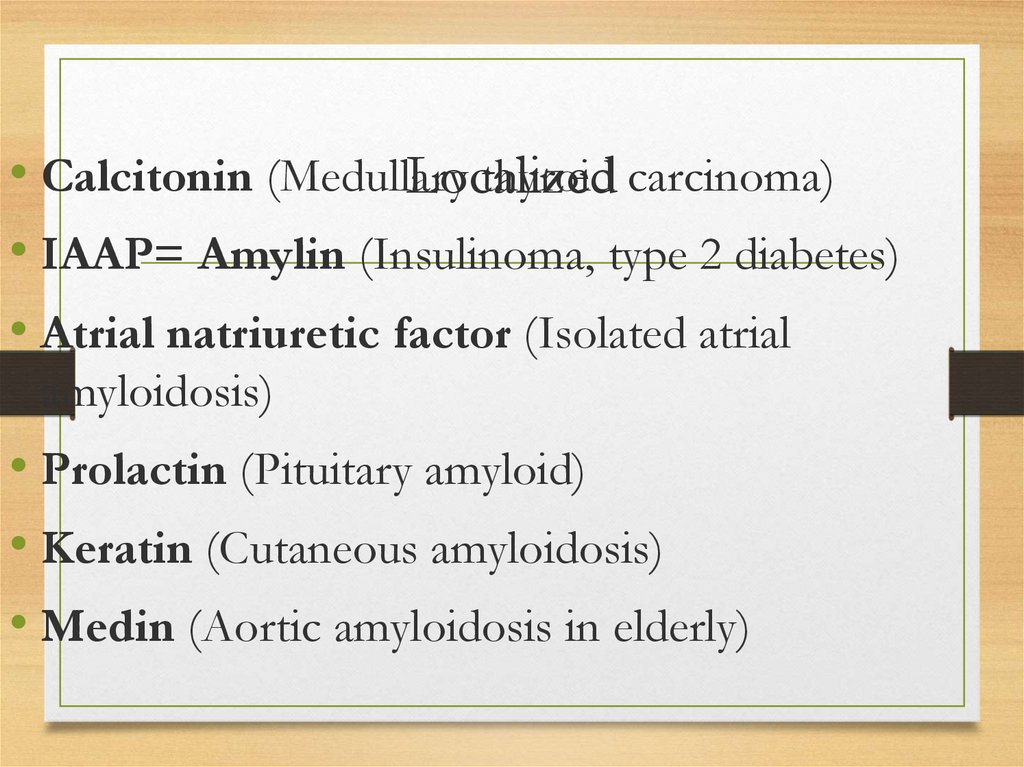












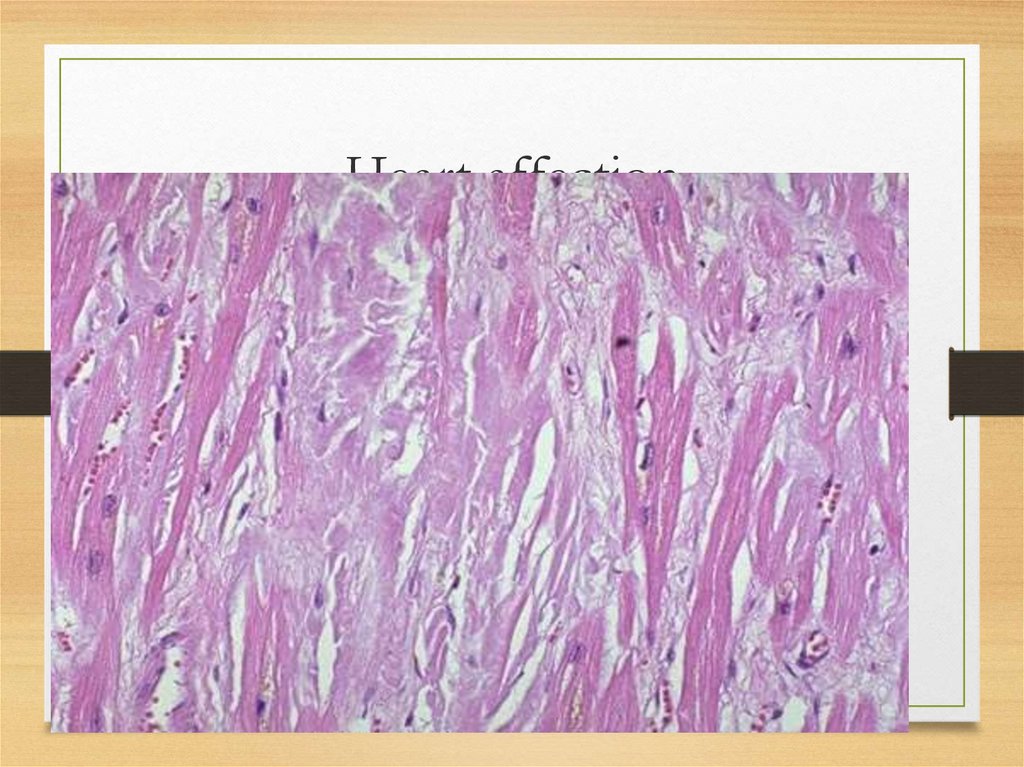








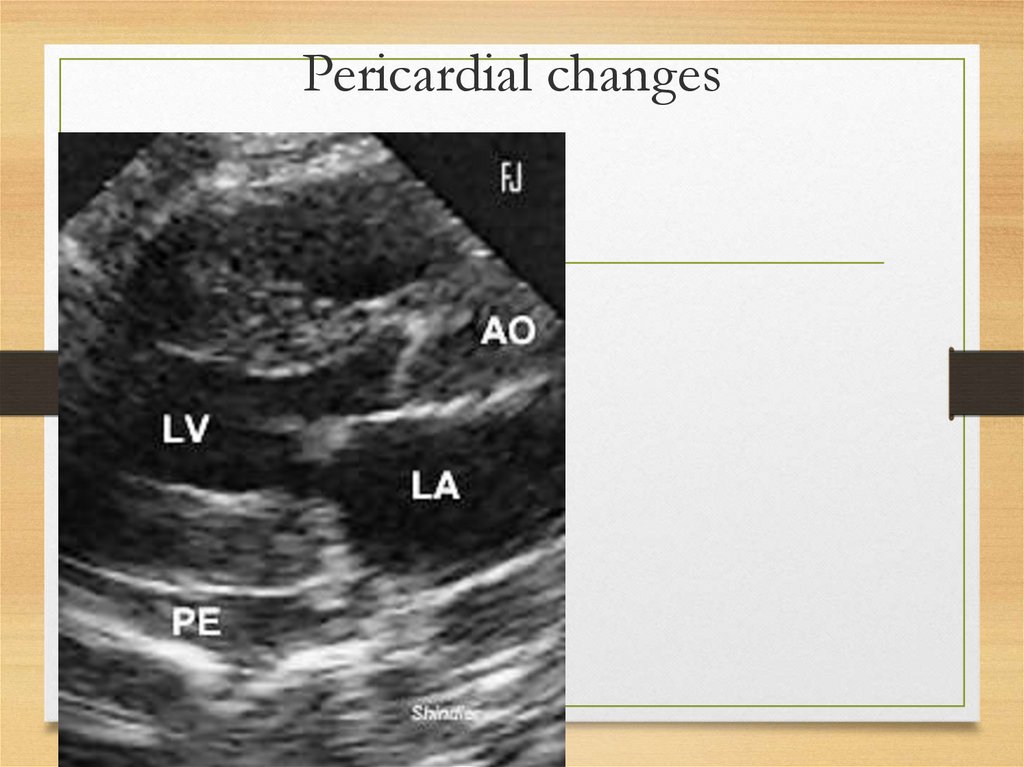

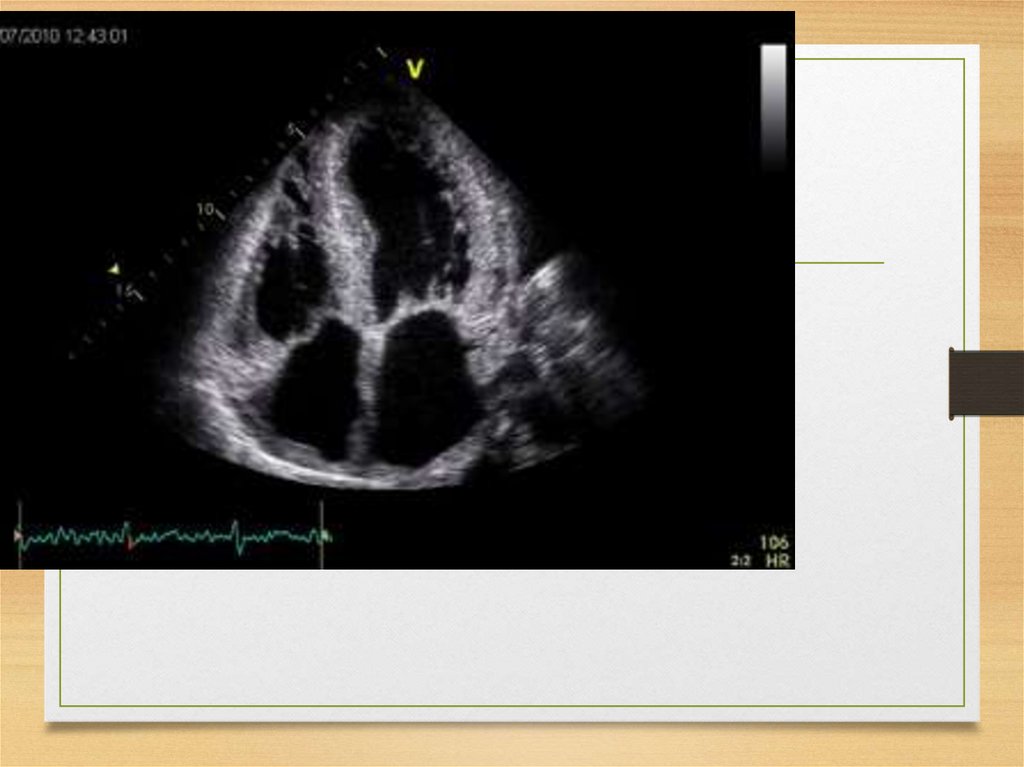
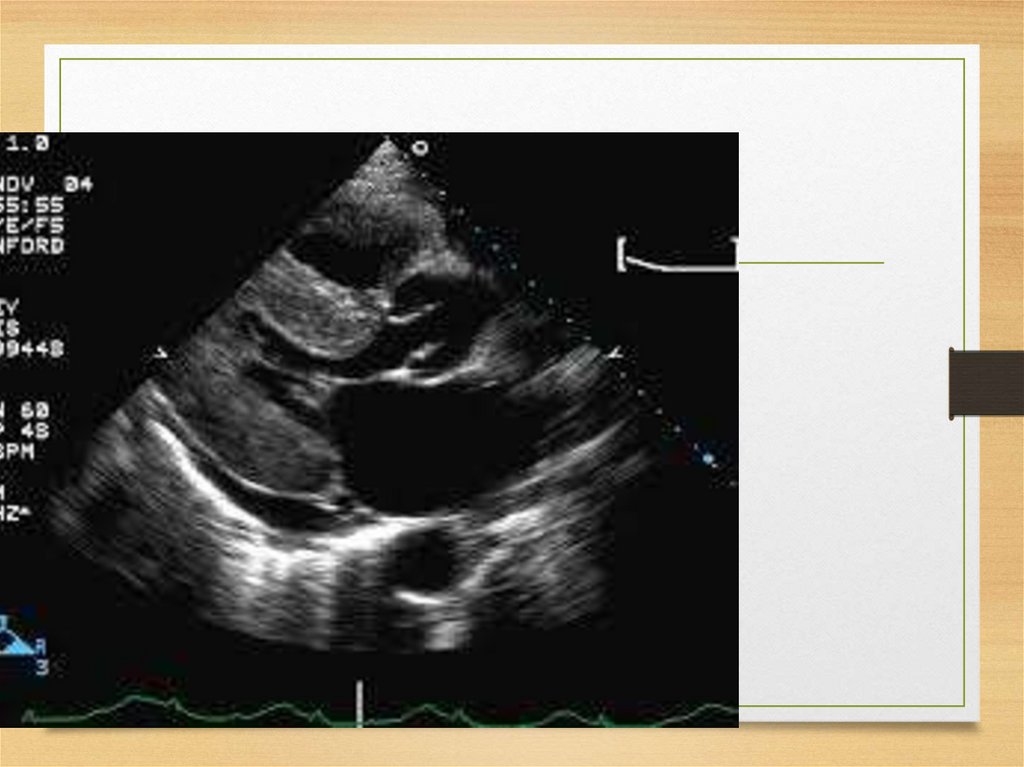




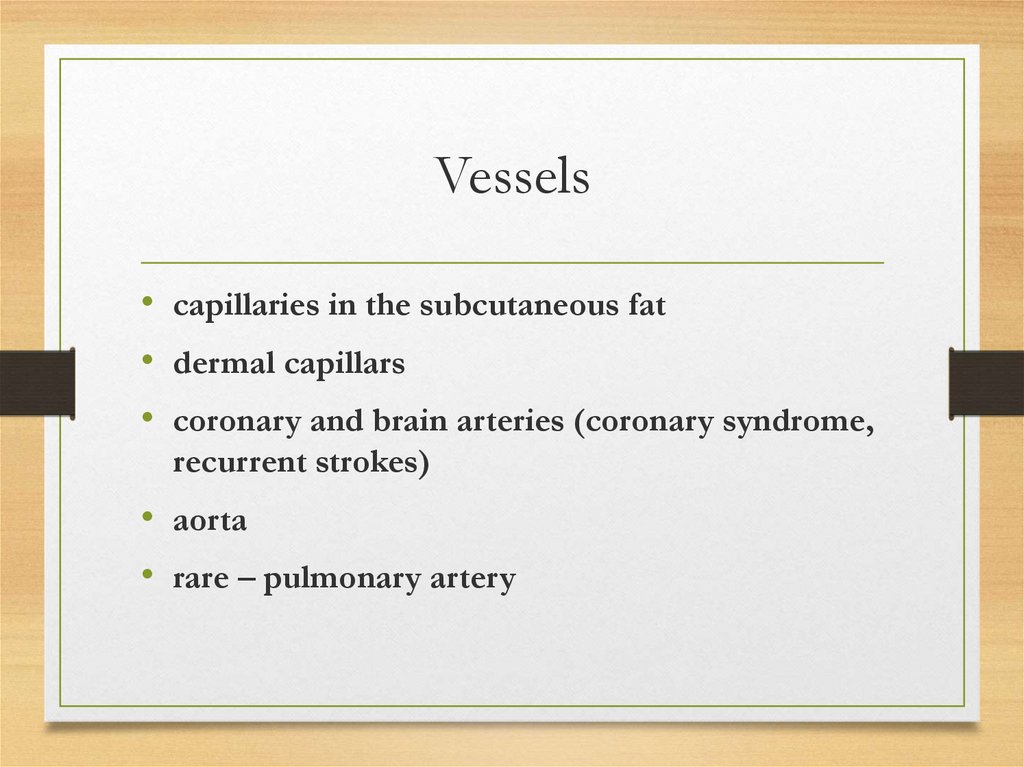




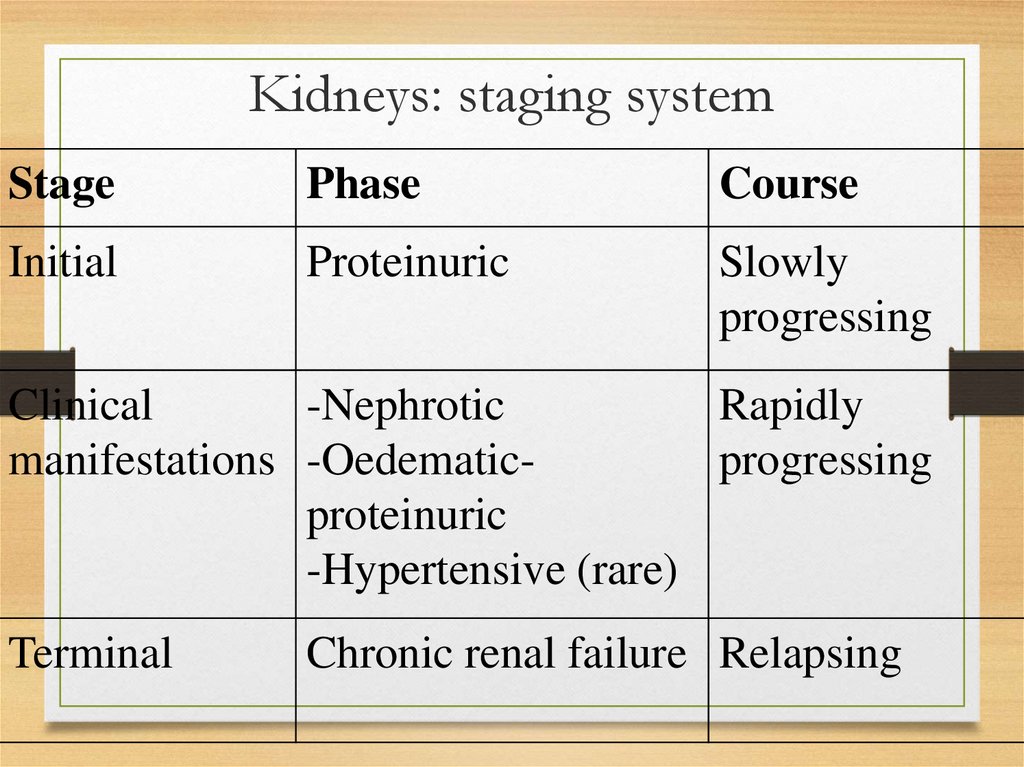
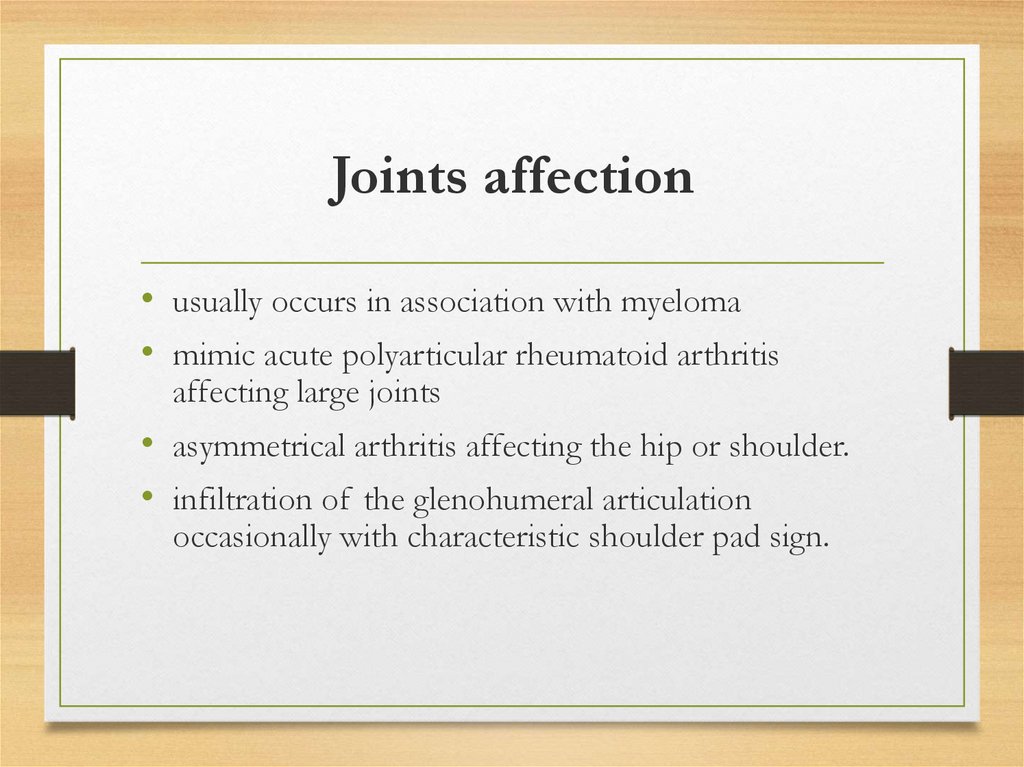



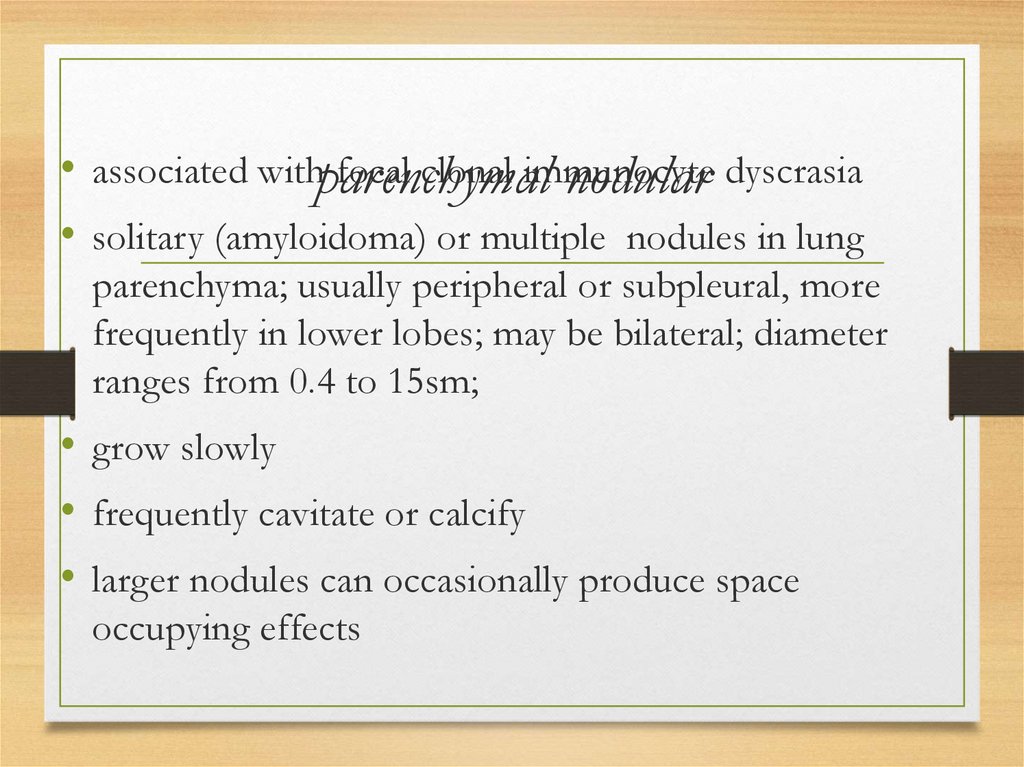



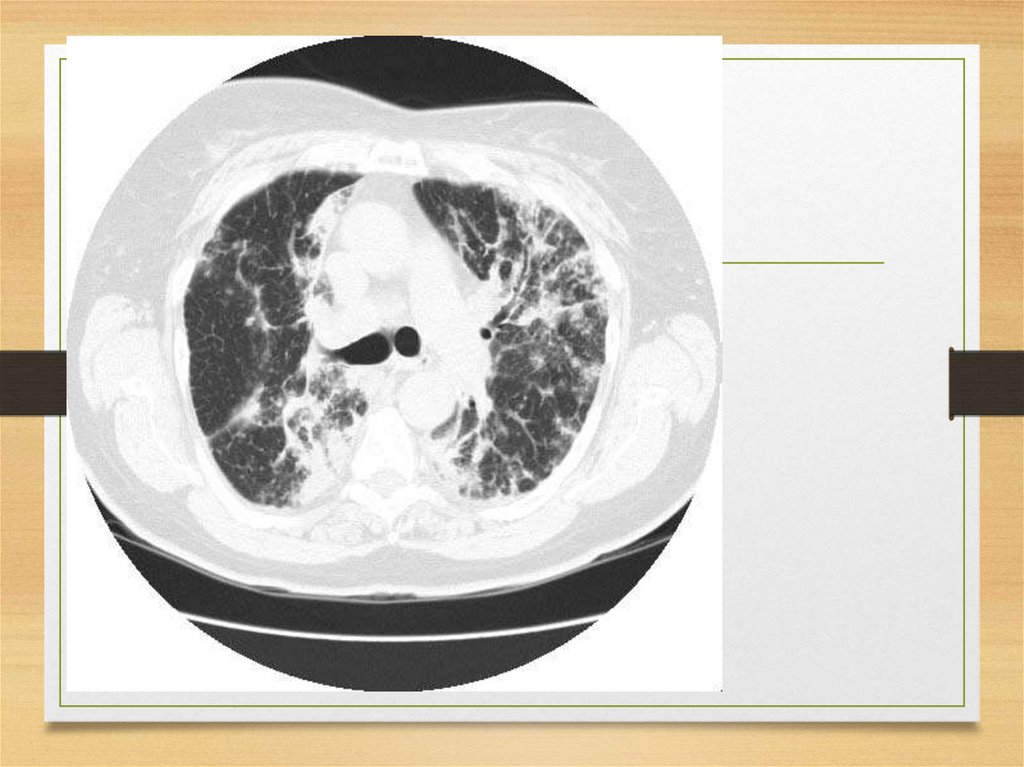



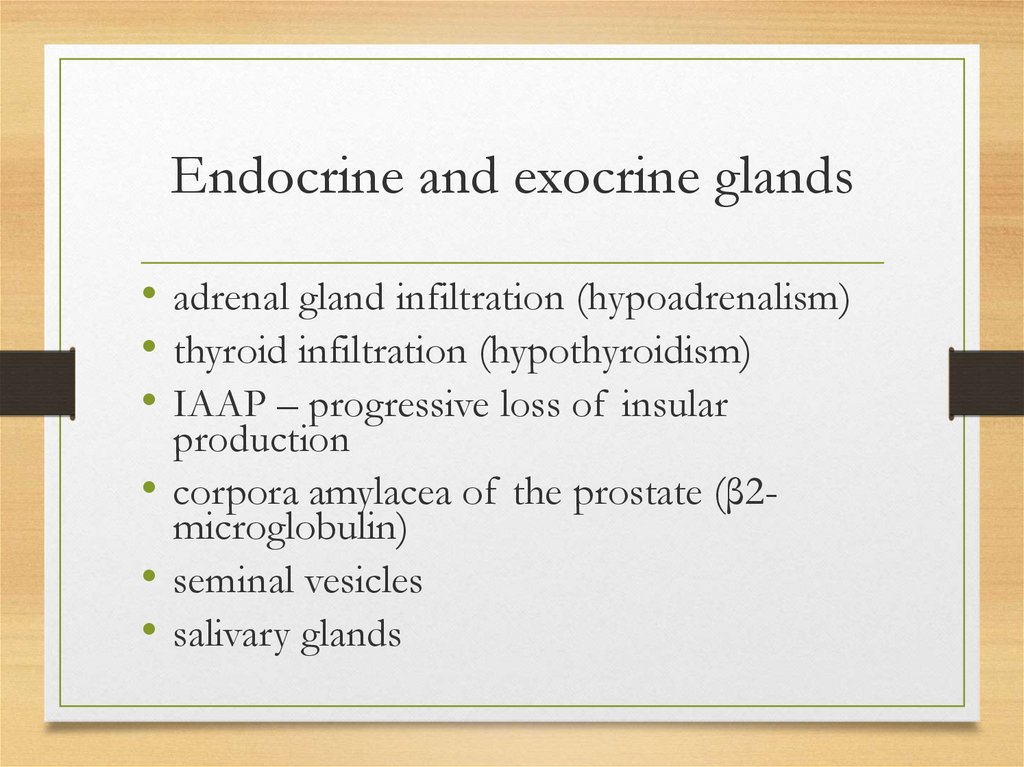







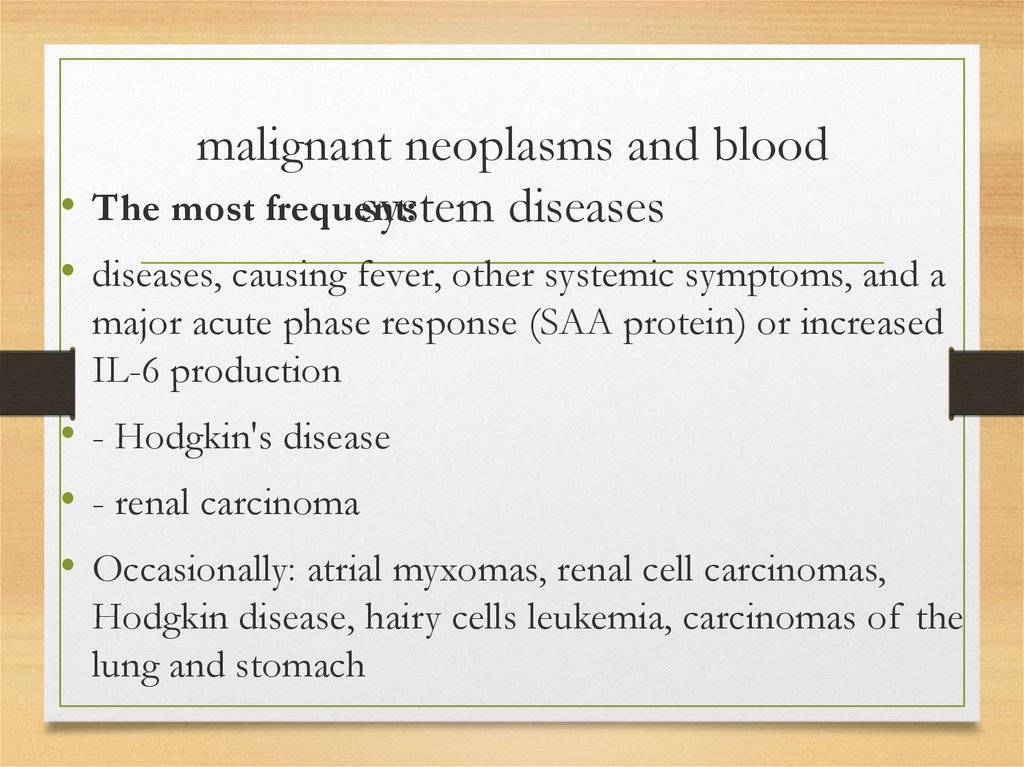




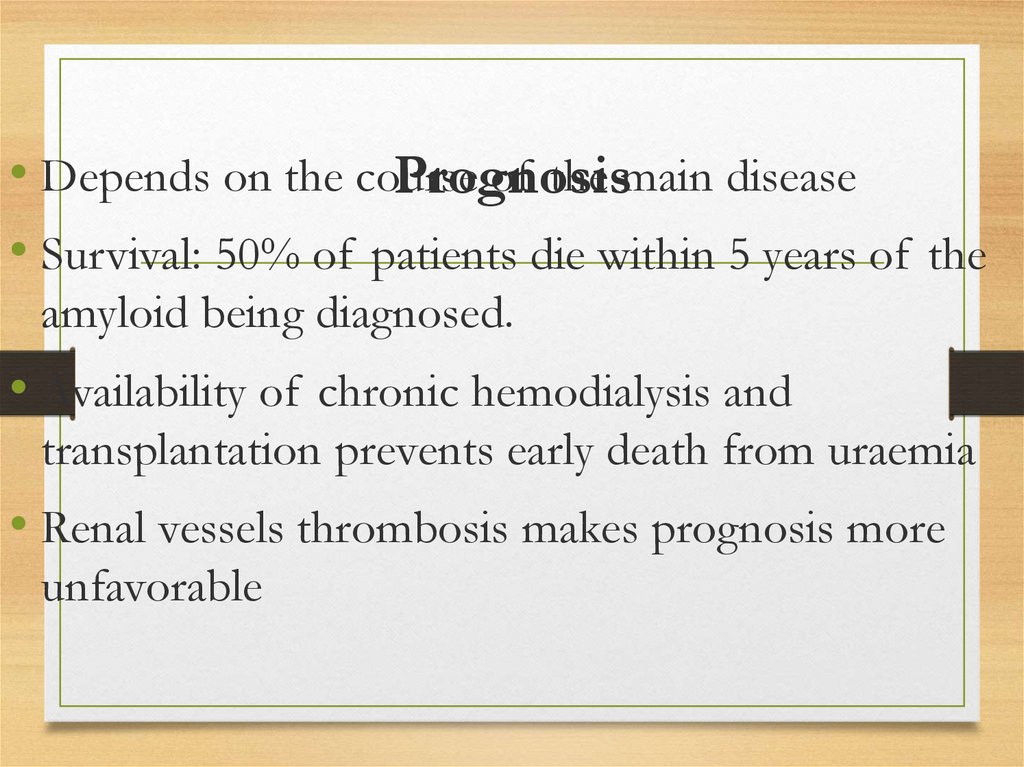


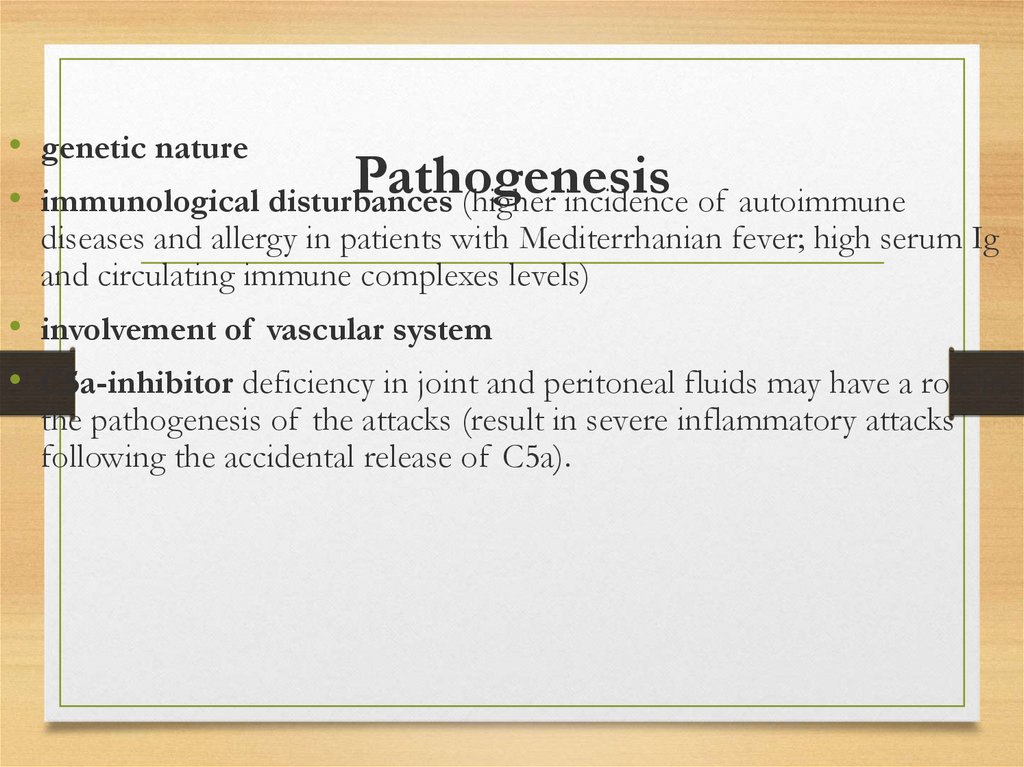

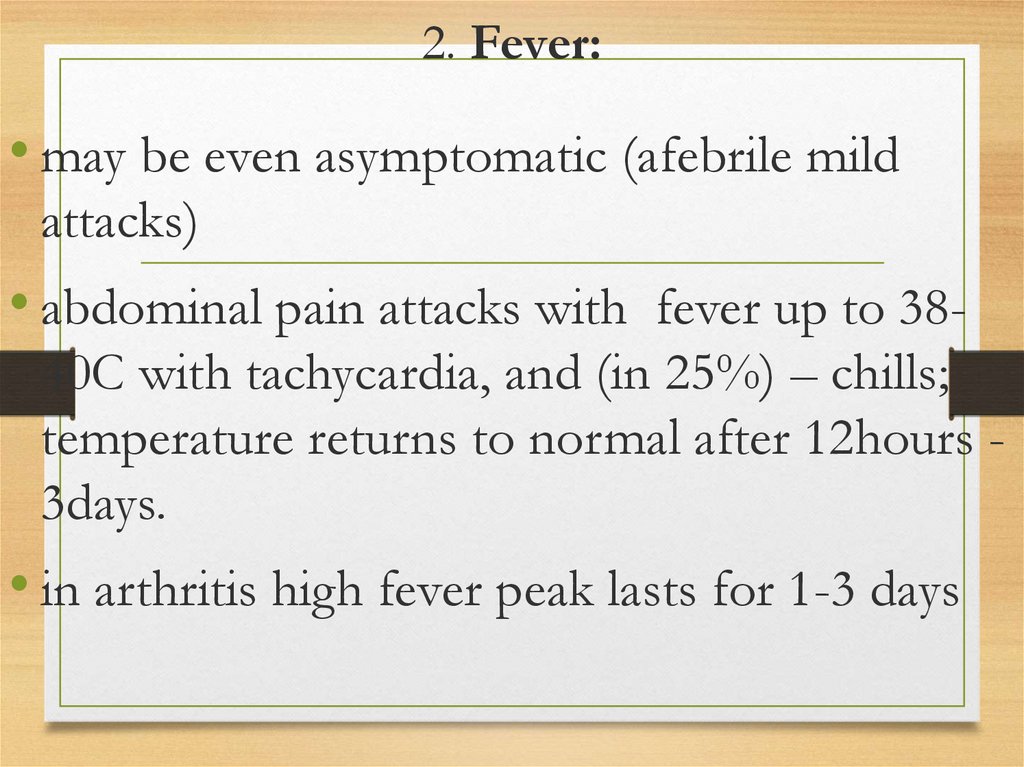








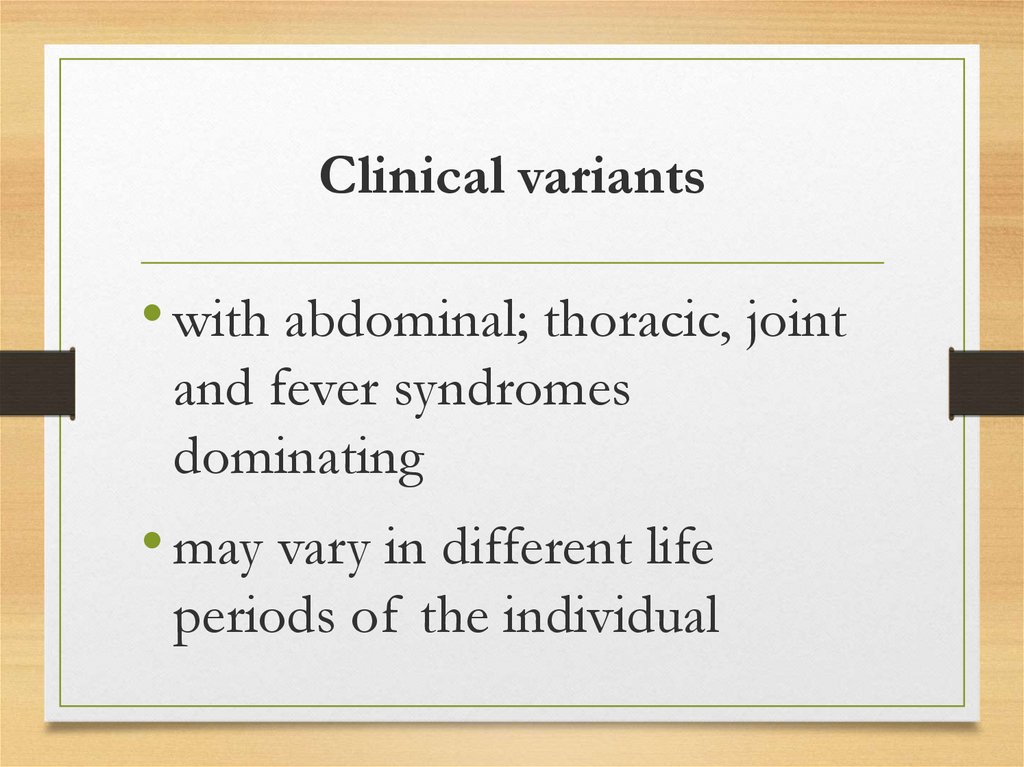




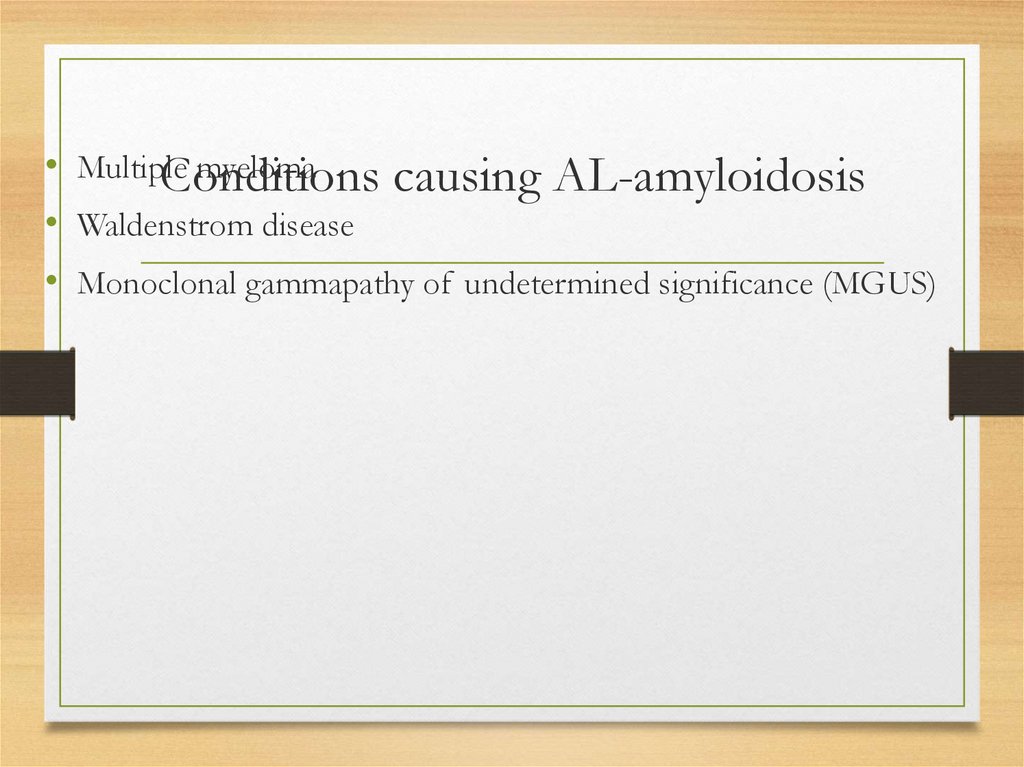
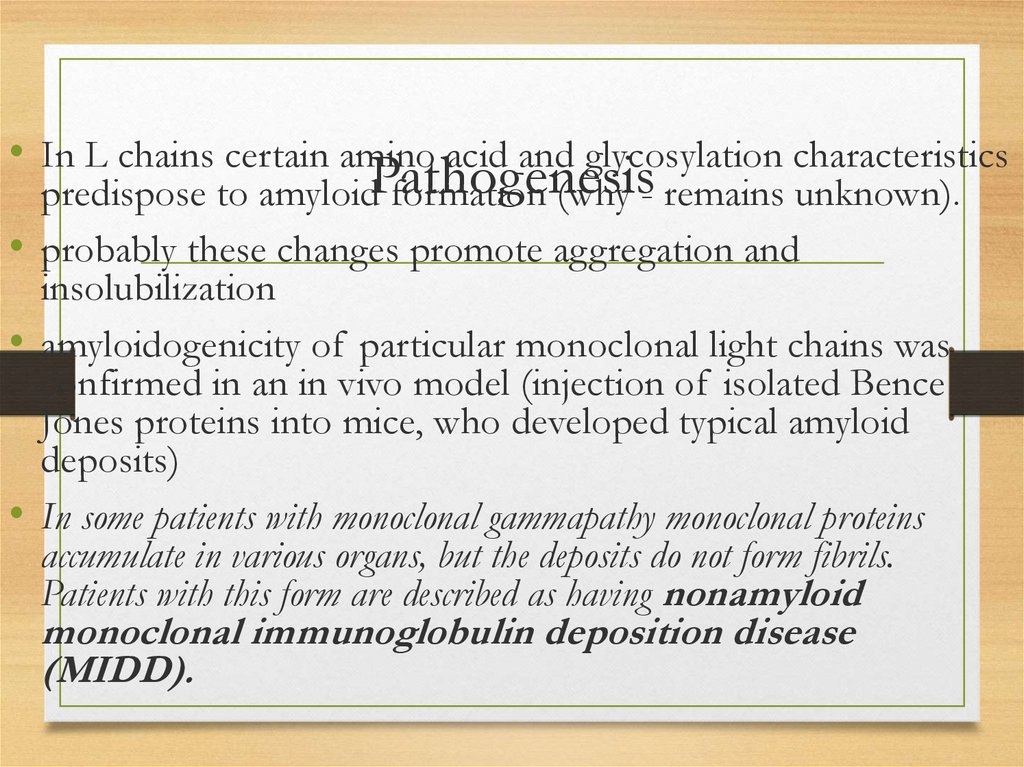









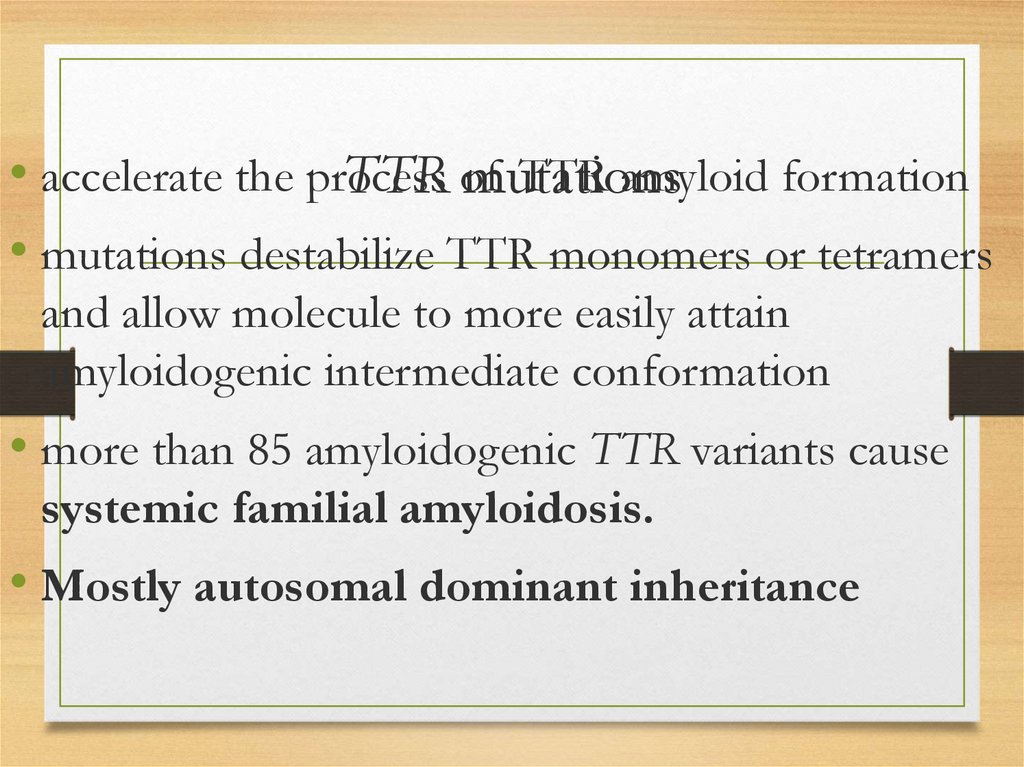












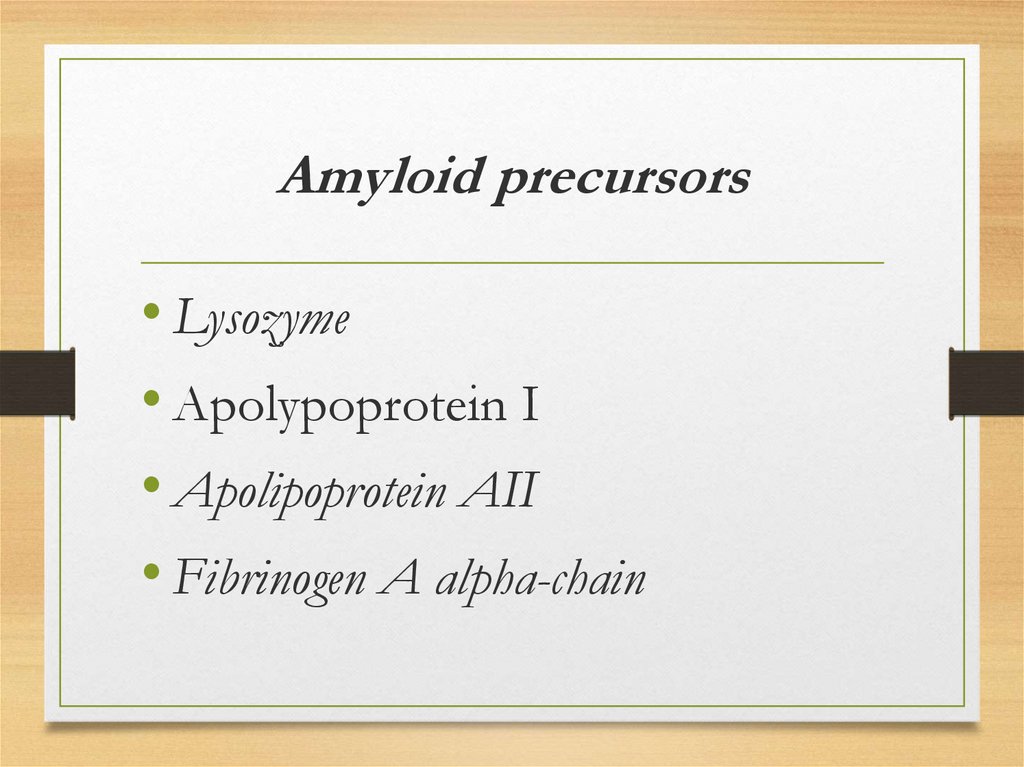




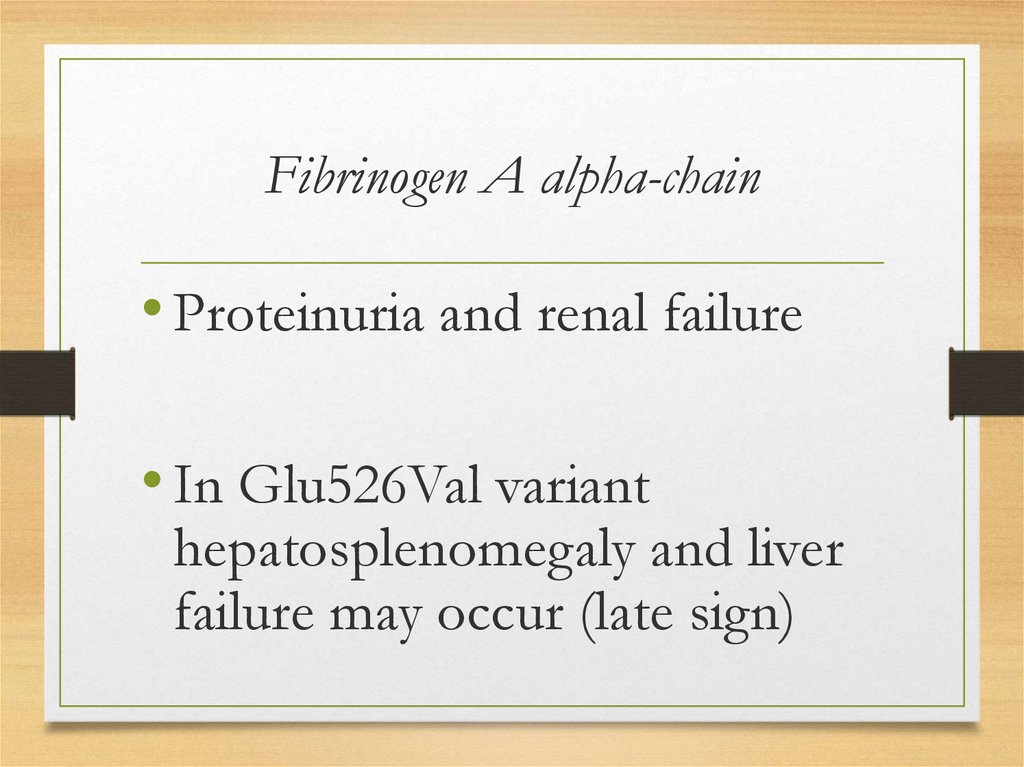



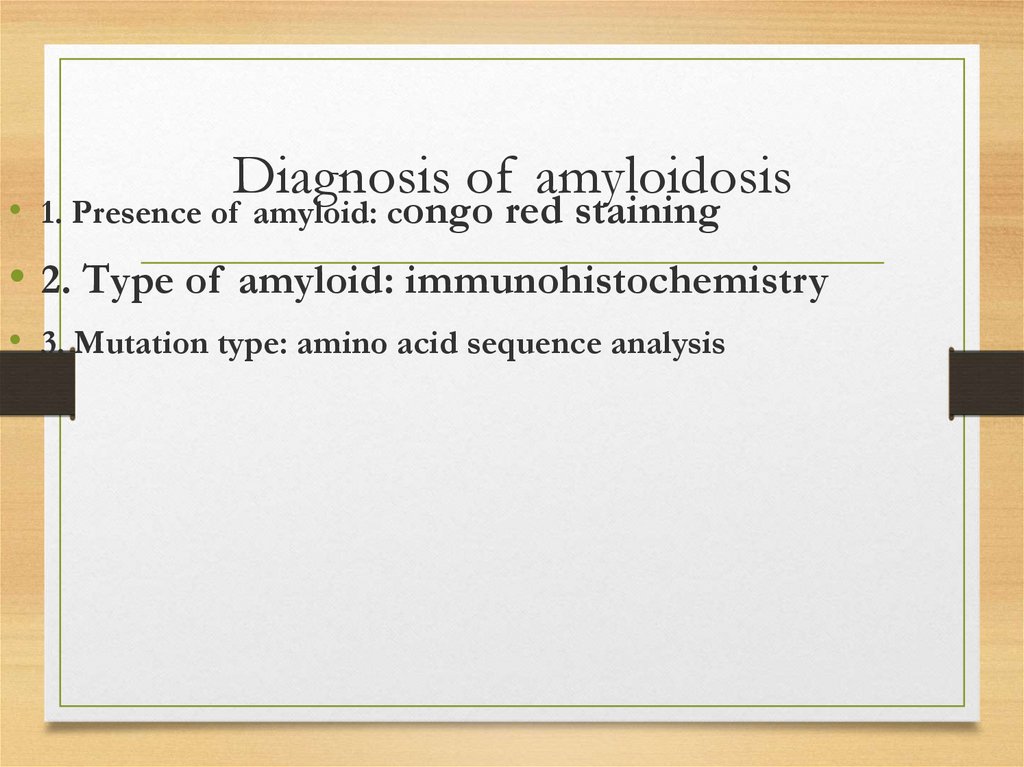














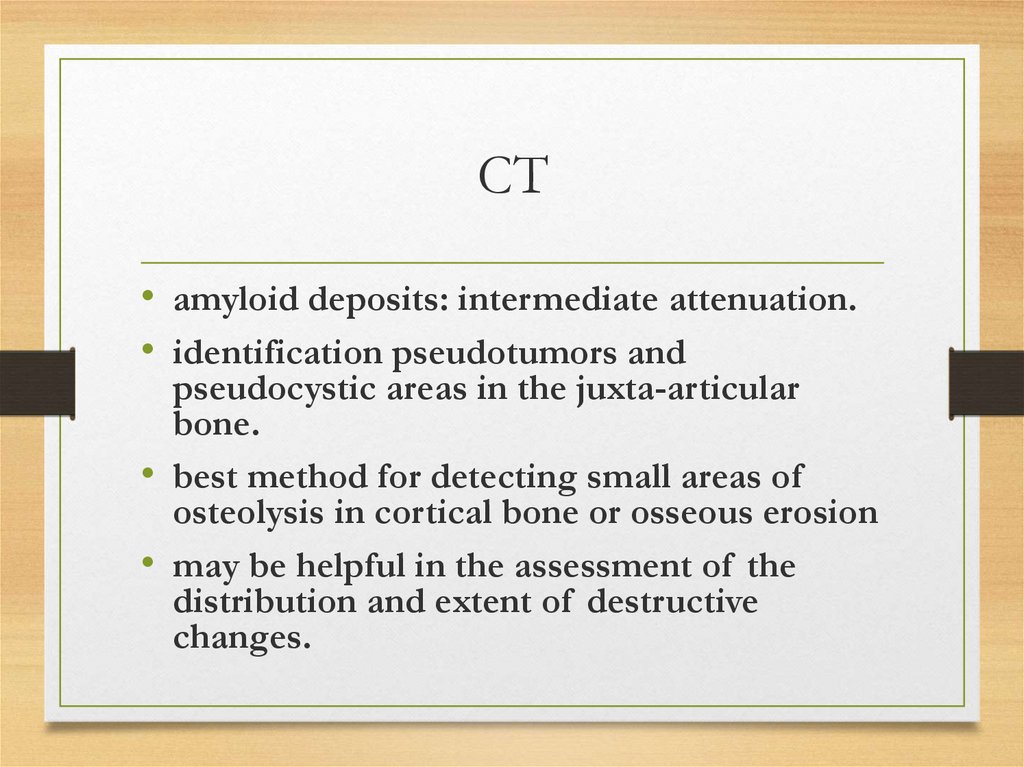



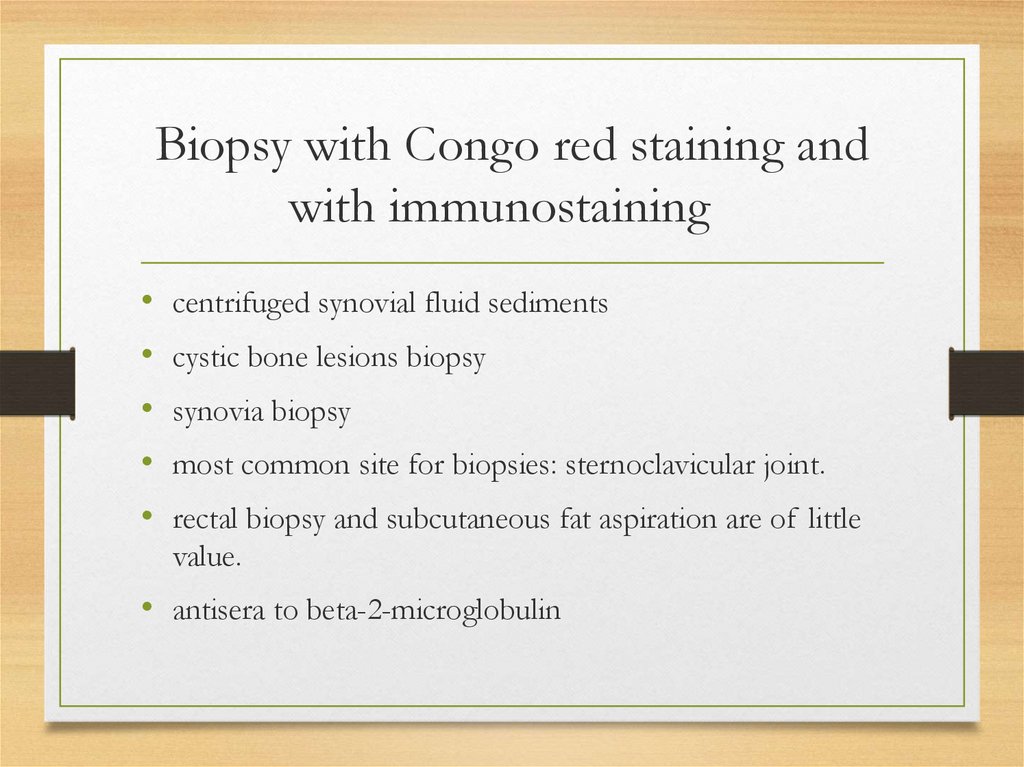



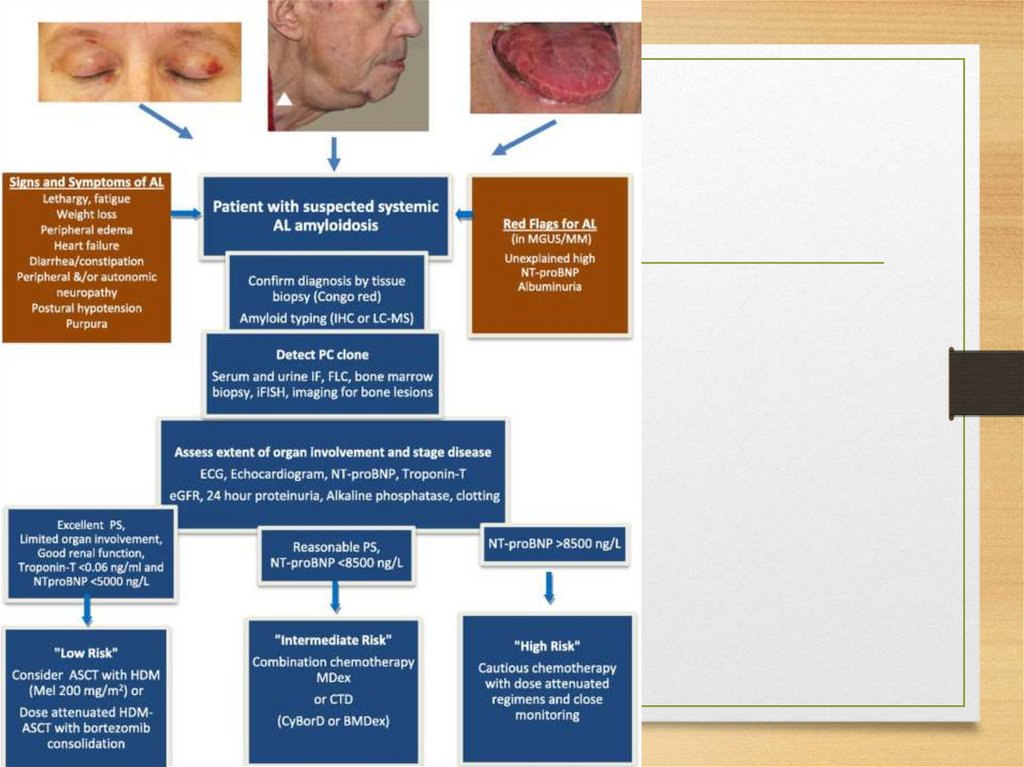






 industry
industry



